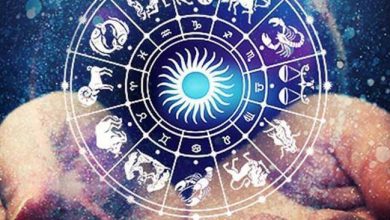Unveiling the Secrets: Why Amsterdam’s Red Light District Is Crime-Free

Amsterdam, the captivating city in the Netherlands, is renowned for its unique ‘red light’ district, where activities like drug trade and prostitution have legal cover. Despite the unconventional nature of this district, Amsterdam stands out as a peaceful destination with minimal crime. Let’s explore the reasons behind the tranquility of this alluring city.
City of Cyclists: Amsterdam’s picturesque streets are adorned with canals and ferry boats, offering a scenic backdrop to the bustling city. The prevalent mode of transportation is cycling, contributing to the city’s vibrant atmosphere. With aesthetically pleasing architecture, Amsterdam attracts tourists from around the world.
Paradise of Sins – De Wallen: A short walk from Amsterdam Central Station leads to De Wallen, the famed ‘red light’ district, known as the ‘Paradise of Sins.’ This labyrinth of alleys features sex workers in glass cages, sex toy shops, live sex shows, and more. Notably, the sale and use of psychoactive drugs like hashish and marijuana are legal, adding to the district’s unique allure.
Historical Roots of Prostitution: Amsterdam’s history as a prominent European trade center and port city contributed to the emergence of prostitution. After the Dutch rebels ousted the Catholic Government, the city transformed into a hub of nightlife and entertainment. Today, both male and female prostitution holds legal validity, with sex workers enjoying equal rights and obligations, including taxes.
Legalized and Regulated: The Dutch government recognizes sex work as a legitimate profession, with regulated remuneration and tax obligations. Approximately 25,000 sex workers, including locals and individuals from various parts of the world, contribute to the city’s distinctive landscape. The ‘Red Light Secrets’ museum provides insights into this unique profession.
Drug-Laced Delicacies: De Wallen’s streets feature numerous coffee shops and restaurants, offering food items infused with cannabis and marijuana. Visitors can witness people enjoying beer, wine, and marijuana-infused edibles in a relaxed atmosphere. Families with children also visit the area, contributing to its diverse appeal.
Oude Kerk and ‘Belle’ Statue: Near the ‘red light’ area stands the Oude Kerk (Old Church), dating back to the 13th century. A bronze statue named ‘Belle,’ unveiled in 2007, honors sex workers worldwide. This juxtaposition of historical and modern elements adds to Amsterdam’s charm.
Low Crime Rate: Surprisingly, Amsterdam experiences low crime rates, attributed to the presence of municipal enforcement officials (‘handhavers’) and the government’s tolerant drug policies. The judicial system focuses on rehabilitation rather than harsh penalties, contributing to a lower rate of re-offending.
Varied Tourist Experience: Amsterdam caters to a diverse range of tourists, from those seeking the vibrant nightlife of De Wallen to families exploring the city’s cultural and historical attractions. Boat rides, museums, tulip fields, and windmills offer a rich tapestry of experiences.
In essence, Amsterdam’s ability to embrace diversity, regulate unconventional practices, and maintain a focus on rehabilitation contributes to its status as a peaceful and enchanting destination.






